Manchurian Ash Tree
- October 10, 2023
- 0 comment
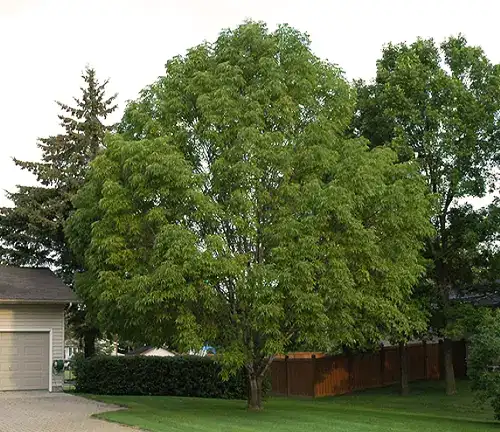
The Manchurian Ash Tree, scientifically designated as Fraxinus mandshurica, emerges as a botanical gem hailing from the vast expanse of East Asia, particularly finding its roots in the Manchurian landscapes of China, as well as in pockets of Korea and Japan. Revered for both its aesthetic allure and ecological versatility, this deciduous giant boasts an impressive stature, soaring to heights reaching up to 25 meters. The leaves, elegantly arranged in a compound fashion, contribute to its distinctive appearance, creating a visual spectacle, especially during the changing seasons. In the bloom of spring, the Manchurian Ash adorns itself with modest, inconspicuous flowers, a prelude to the formation of its unique winged seeds known as samaras.
What sets the Manchurian Ash apart is its remarkable adaptability, thriving in diverse climatic conditions and demonstrating a resilience that extends to challenging soils. This characteristic makes it a sought-after choice for landscaping in urban environments. Beyond its ornamental merit, the wood derived from the Manchurian Ash is valued for its durability, often finding purpose in the crafting of furniture. Moreover, the tree has attracted scientific interest for its potential role in ecological restoration efforts. With an inherent ability to tolerate a spectrum of soil types and a capacity to flourish in environments degraded by human activity, the Manchurian Ash emerges as a promising candidate for sustainable landscape management.
| Characteristic | Description |
| Scientific Name | Fraxinus mandshurica |
| Mature Height | 40-50 feet |
| Type | Deciduous |
| Growth rate | Fast |
| Sun exposure | Full sun to partial shade |
| Soil type | Well-drained soil |
| Climate Tolerance | Cold-hardy; can withstand winter temperatures, making it suitable for temperate regions |
| Longevity | 75-100 years |
| Water needs | Moderate |
| Fruit | Samara (winged seed) |
A Brief History
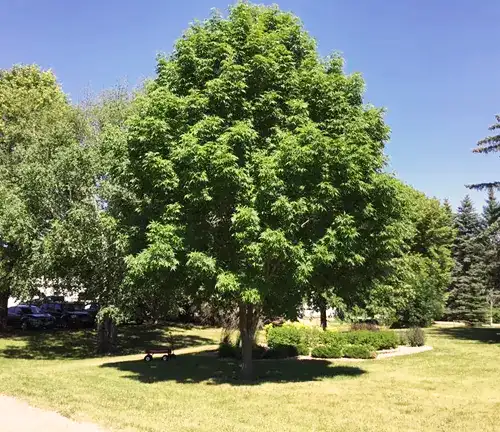
The Manchurian Ash Tree, scientifically named Fraxinus mandshurica, traces its roots to the captivating landscapes of East Asia. Originating in the Manchuria region of China, and extending its embrace to Korea and Japan, this deciduous giant has woven a rich tapestry throughout the annals of time. Its history is entwined with the cultures that have revered and celebrated its presence, making it not just a botanical marvel but a living testament to the interconnectedness of nature and human societies.
Color/Appearance
One of the distinctive traits that captivate admirers is the Manchurian Ash’s color palette. In the verdant embrace of the growing season, its leaves don a rich green attire, creating a vibrant canopy. However, as autumn sweeps in, the transformation unfolds, and the tree metamorphoses into a breathtaking spectacle of yellows and gold, adding a seasonal masterpiece to the natural landscape.
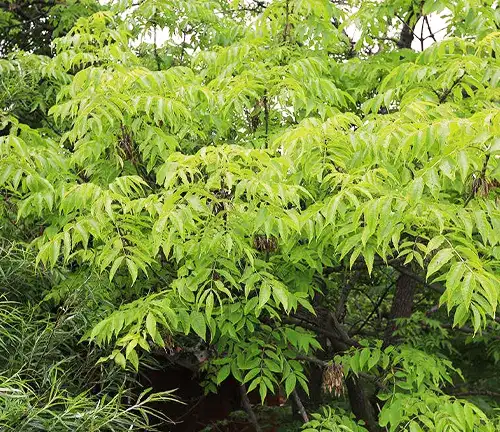
Unique Features
The Manchurian Ash boasts a set of unique features that contribute to its allure. From the compound arrangement of its leaves, which lends an elegant appearance, to the inconspicuous yet essential flowers that mark the arrival of spring, and the subsequent formation of winged seeds, known as samaras, each element adds to the tree’s individuality.
Ecological Importance
Beyond its ornamental value, the Manchurian Ash plays a vital role in the ecological tapestry. Studied for its potential in ecological restoration, the tree exhibits a remarkable adaptability to diverse soil types and a resilience that allows it to thrive in environments degraded by human activity. Its presence attracts pollinators during the flowering season, and its seeds become a crucial food source for various wildlife, contributing to biodiversity.
Adaptation and Resilience
The Manchurian Ash stands as a testament to adaptability and resilience. Thriving in various climatic conditions and displaying a robust resistance to challenging soils, it has become a preferred choice for urban landscapes, streets, and gardens, where its ability to withstand environmental stressors shines.
Cultivation and Care
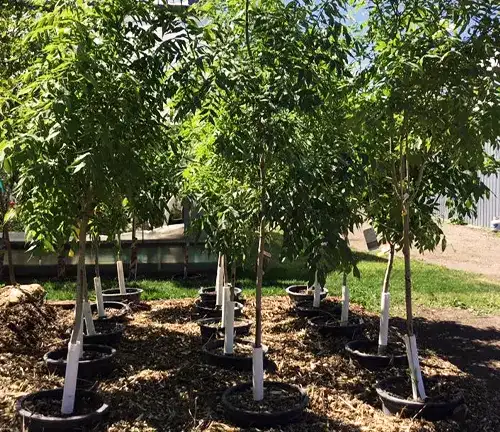
Cultivating the Manchurian Ash involves considerations for its adaptability. Well-drained soils are preferable, and the tree exhibits a moderate to fast growth rate. Understanding its preferences and providing suitable care ensures the optimal development of this majestic tree in both natural and cultivated settings.
Wood Products and Applications
The durable wood of the Manchurian Ash finds applications in various domains. Prized for its strength and resilience, it is often utilized in furniture making, contributing to both functional and aesthetic aspects of interior design.


Other Uses
Beyond its wood, the Manchurian Ash has additional utilitarian facets. In some regions of its native habitat, the tree holds cultural significance, featuring prominently in local folklore and traditional practices. This cultural connection adds an extra layer to its multifaceted identity.
Benefits
The benefits of the Manchurian Ash are myriad. Its aesthetic appeal enhances landscapes, its ecological contributions support biodiversity, and its wood serves both functional and artistic purposes. The tree’s adaptability also positions it as a potential ally in ecological restoration efforts.
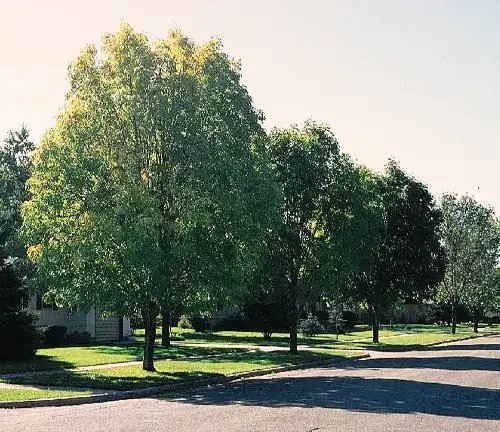
Conclusion
In conclusion, the Manchurian Ash Tree emerges not just as a botanical wonder but as a living testament to the intricate connections between nature and culture. Its rich history, vibrant colors, unique features, and ecological significance collectively paint a picture of a tree that weaves itself seamlessly into the fabric of diverse landscapes, offering a tapestry of benefits to both the environment and human societies that have come to appreciate its enduring presence.
Frequently Asked Questions (FAQs)
- Is the Manchurian Ash Tree related to the European Ash (Fraxinus excelsior)?
No, the Manchurian Ash (Fraxinus mandshurica) is not closely related to the European Ash (Fraxinus excelsior). They belong to the same genus, Fraxinus, but they are distinct species with different geographical origins. - Can the Manchurian Ash be grown in urban environments with heavy pollution?
Yes, the Manchurian Ash is known for its adaptability to challenging conditions, including urban environments with pollution. Its resilience and tolerance to environmental stressors make it a suitable choice for planting in cities to improve air quality. - Are there any specific wildlife species that rely on the Manchurian Ash for habitat or food?
While the Manchurian Ash supports various wildlife, it is particularly important for certain insect species, such as butterflies and bees, which rely on its flowers for nectar. Birds and small mammals also feed on the tree’s seeds, contributing to local biodiversity. - How does the Manchurian Ash tree influence soil health in degraded environments?
The Manchurian Ash has a deep root system that can help stabilize soil in degraded environments. Its leaf litter contributes organic matter to the soil, improving its fertility over time. Additionally, the tree’s ability to thrive in different soil types aids in soil restoration efforts. - Can the Manchurian Ash be used for medicinal or herbal purposes?
While the Manchurian Ash is not commonly used for medicinal or herbal purposes, some traditional herbalists in East Asia have explored its potential for certain remedies. However, any medicinal use should be approached with caution and under the guidance of experts, as not all parts of the tree may be safe for consumption.




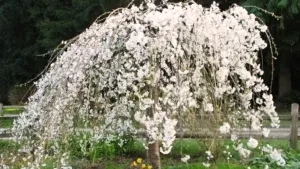
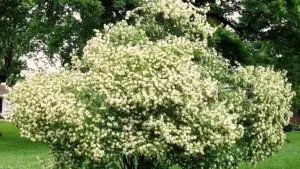

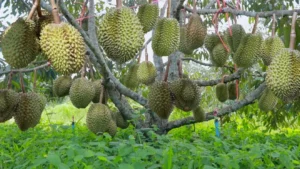
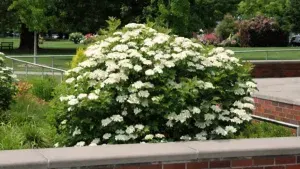

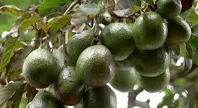


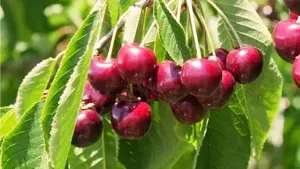
Leave your comment